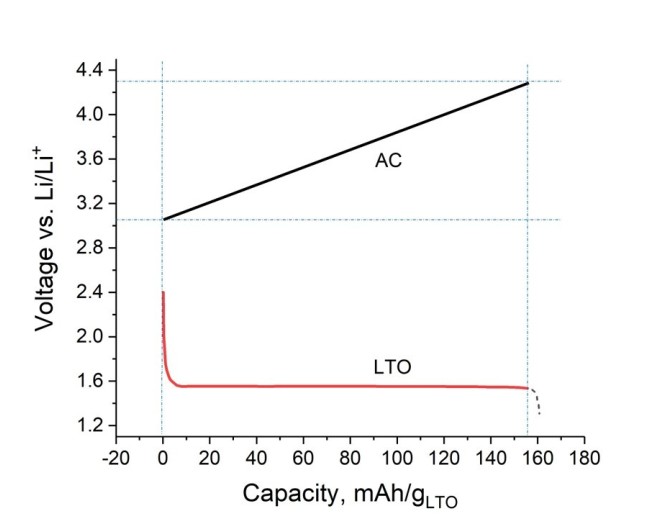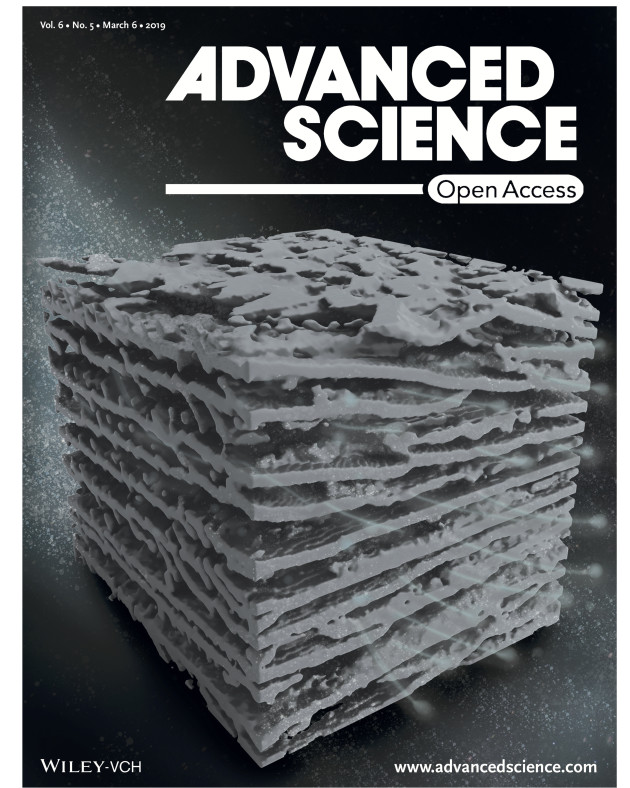Supercapacitors are electrochemical devices which have exceptional power densities and lifetimes, however their energy density is limited. Within the ESE group research has focused on development new carbon based materials for supercapacitors to improve their energy whilst maintaining the power density, application of pseudocapacitive materials, asymmetric electrode designs, understanding their internal thermal properties, modelling of their performance and their hybridisation with other devices.
Current projects
Recent publications 2020 - to date
Hérou S, Bailey JJ, Kok M , Schlee P, Jervis R, Brett D.J.L, Shearing P.R, Ribadeneyra M C, Titirici M, 2021, High-Density Lignin-Derived Carbon Nanofiber Supercapacitors with Enhanced Volumetric Energy Density, Advanced Science
Luo X, Varela Barreras J, Chambon C, Wu B, Batzelis E, 2021, Hybridizing Lead–Acid Batteries with Supercapacitors: A Methodology, Energies
Schlee P, Hosseinaei O, O’Keefe CA, Mostazo-López MJ, Cazorla-Amorós D, Herou S, Tomani P, Grey CP, Titirici MM, 2020, Hardwood: versus softwood Kraft lignin-precursor-product relationships in the manufacture of porous carbon nanofibers for supercapacitors. Journal of Materials Chemistry A, Vol: 8(44), Pages: 23543–23554.
Jamieson L, Roy T, Wang H, 2020, Postulation of optimal charging protocols for minimal charge redistribution in supercapacitors based on the modelling of solid phase charge density, Journal of Energy Storage.
Our paper featured as a cover page in Advanced Science
Our paper on a freeze aligned ionogel supercapacitor electrolytes was featured as a cover page in Advanced Science
Liu X, Taiwo OO, Yin C, Ouyang M, Chowdhury R, Wang B, 2019, Supercapacitors: Aligned Ionogel Electrolytes for High-Temperature Supercapacitors, Advanced Science, Vol: 6, Pages: 1801337
This work reports a self‐initiated cryopolymerization method to prepare nanocomposite ionogels with hierarchical aligned pores for use in high temperature supercapacitors. Diffusion simulations based on X‐ray tomographic 3D reconstructed images are used to explain the origins of the observed electrochemical enhancements in the aligned ionogels, which highlight the potential for structured materials in energy storage devices.




.gif)

